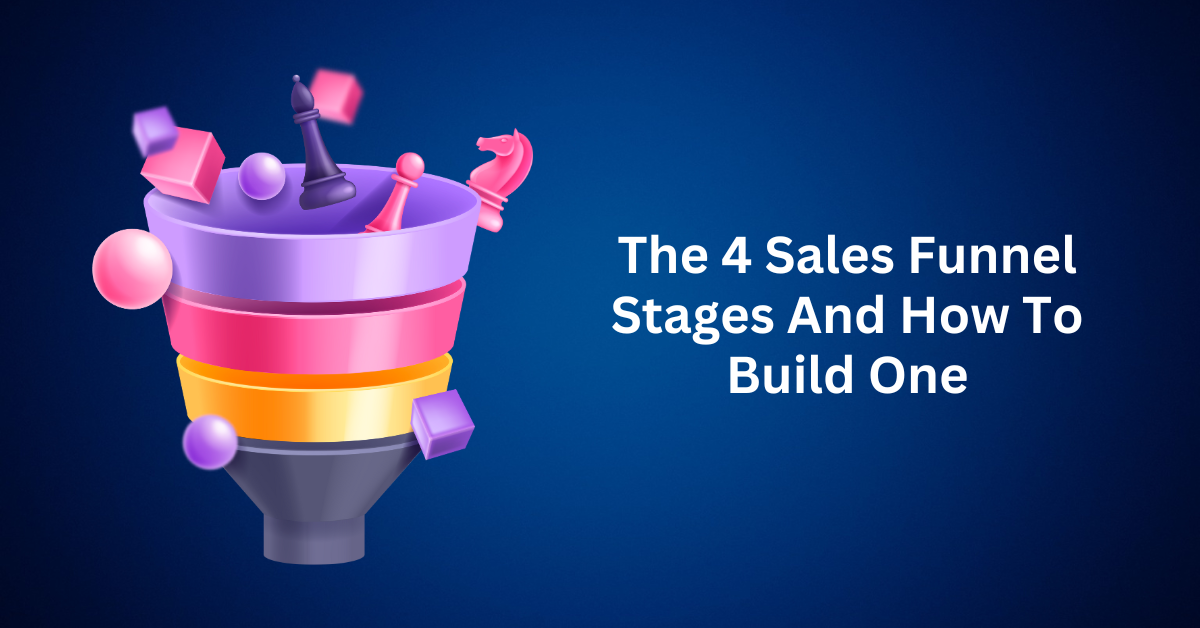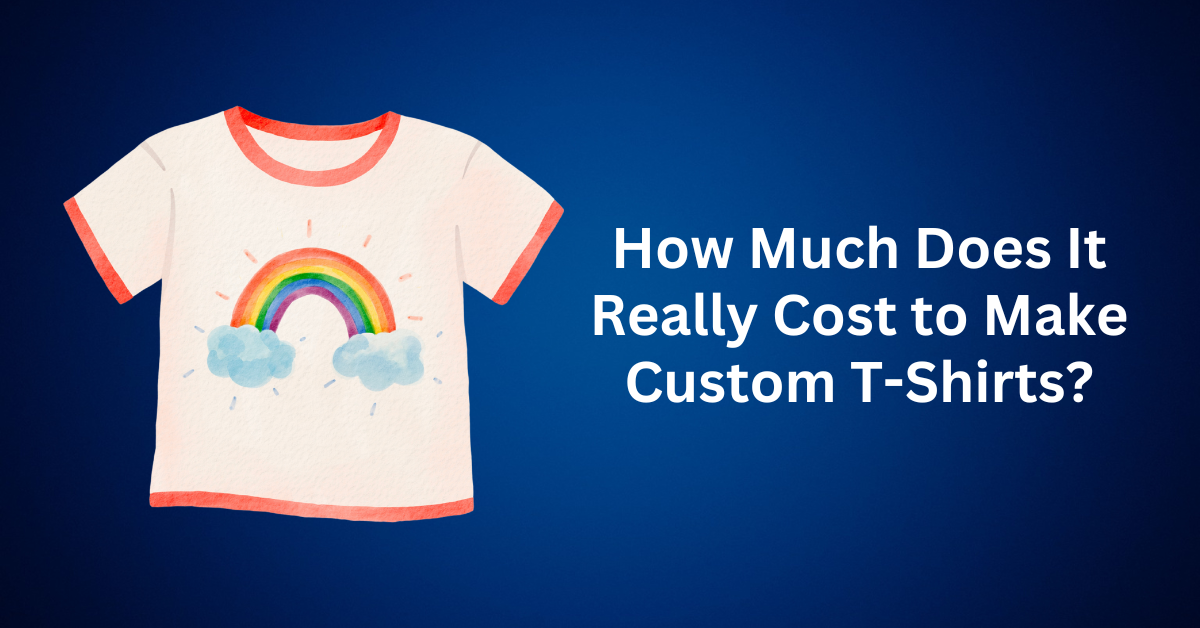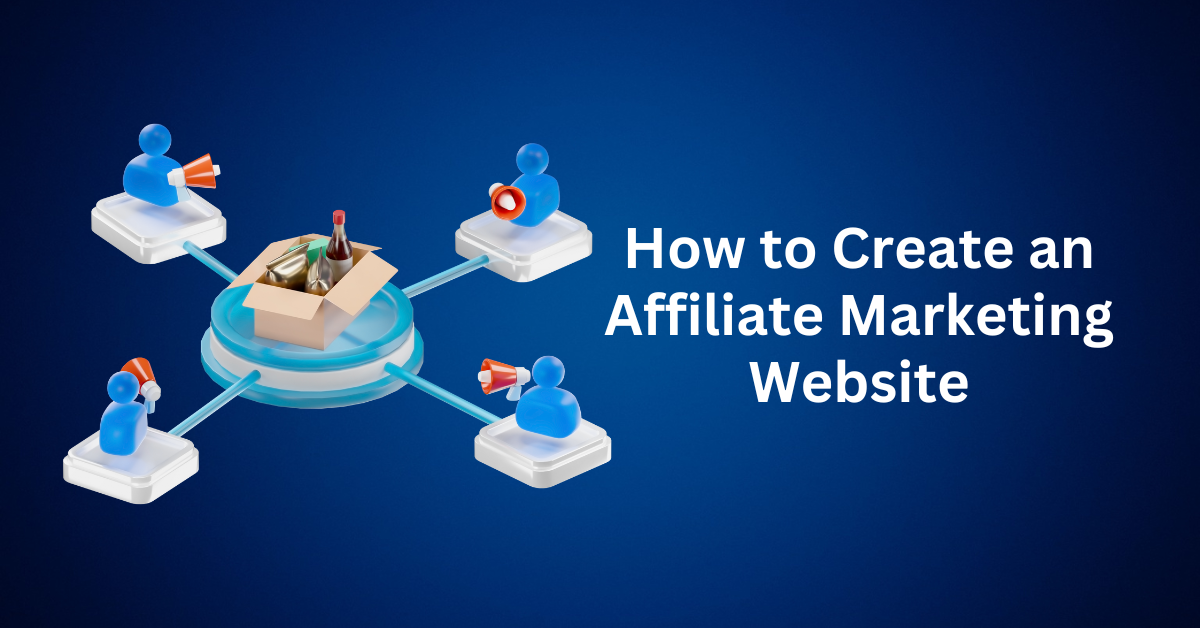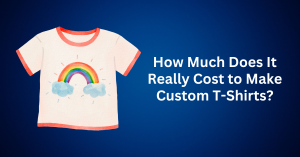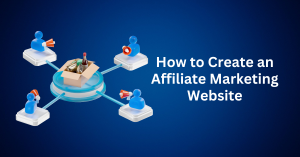By definition, a sales funnel is a strategy or framework designed to turn cold audiences into long-term customers by funnelling them through 4 different stages – awareness, interest, desire, and action (AIDA).
The term “funnel” comes from its shape: you start with a broad audience at the top and gradually filter out those who are not the right fit as they move through each stage. By the time prospects reach the bottom of the funnel, the ones who remain are your ideal target customers—those who are already familiar with your brand, understand your product, and are the most likely to make a purchase. In many cases, these customers don’t just buy once; they often become repeat buyers, contributing to long-term business growth.
The ultimate goal for a sales funnel isn’t just to convert someone or to make a single purchase. Instead, it’s bigger than that: the goal is to create a group of fans or loyal customers that will be buying all your products.
While closing a deal is good. Recurring customers and subscriptions are the 2 most important aspects you need to implement in your business as soon as possible to grow it exponentially. By having this, you will be able to build a recurring income that will grow with the number of recurring customers you have.
Table of Contents
ToggleThree Groups in a Sales Funnel
In a sales funnel, audiences are usually divided into three groups:
- Top of the funnel (ToFu). This is everyone in your target audience whom you direct to your landing page. In this stage, you can filter by either offering a free lead magnet or low-ticket sales to qualify them.
- Middle of the funnel (MoFu). The Middle of the Funnel (MoFu) represents the stage where your potential customers have already shown interest in what you’re offering. At this point, they are more engaged and open to exploring additional value. This is the ideal time to introduce your first upsell—typically a complementary product or service that enhances what they received in the initial stage. By doing so, you not only increase revenue but also deepen the relationship by providing solutions that fit their evolving needs.
- Bottom of the funnel (BoFu). These are your new and existing customers, people who have taken out their credit cards and bought from you. This is the group that you focus on when you have a new offer.
The key to an effective sales funnel is this: Engage with and provide increasing value to your prospects throughout each stage. Another way marketing funnels have been structured is around emotions and actions. Below are the 4 main sales funnel stages basic to all sales funnels.
4 Sales Funnel Stages: Awareness, Interest, Desire & Action (AIDA)
Elias St. Elmo Lewis developed this model in the late 19th century. It’s since become the backbone of almost every successful marketing campaign and funnel in the business.
AIDA gives you a blueprint to take potential customers through an emotional journey of making a purchase.
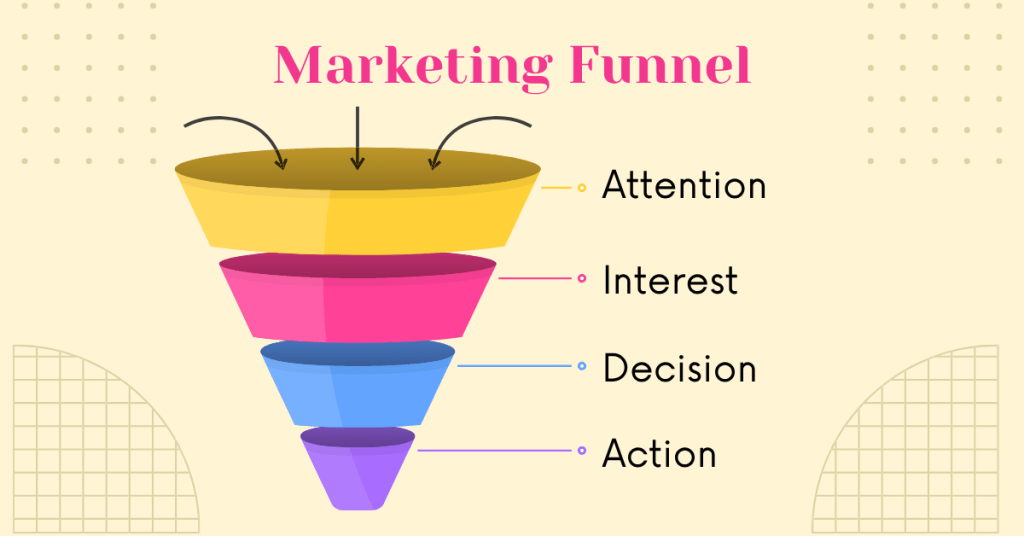
If a marketing funnel were a human body, the Top, Middle, and Bottom would be the brain … and AIDA would be the heart. Let’s see how we can put them together.
Top of the Sales Funnel Stages: Awareness Stage
This is the first stage of the marketing funnel. It is where you hook your new audience through the marketing campaign. It can be content marketing, SEO, or paid traffic. In this stage, you want to qualify your customers. For instance, some may offer a $1 product in this stage, just to differentiate customers who are willing to make a purchase from those that don’t.
In this stage, you need to know efficiently
- Where does my audience congregate? Are they active on Facebook, Instagram, Twitter, or LinkedIn? Each platform will have a different marketing strategy.
- What kinds of content do they interact with the most? Blog, picture, tutorial videos, reviews?
- What free or lower-cost offers can I use to filter them? The report, cheatsheet, eBook, tutorial video, and free course.
At this stage, your goal is to qualify which prospects within your target audience are truly ready to buy. After all, if someone isn’t interested in your entry-level offers, it’s highly unlikely they’ll commit to your high-ticket products or premium services later on.
This step is crucial because it helps you focus your resources wisely. By identifying qualified leads early, you avoid wasting time and money on people who are unlikely to make a purchase, allowing you to concentrate instead on prospects who are most likely to convert.
Middle of the Sales Funnel Stages: Interest & Desire
Once a prospect takes the bait on your ad or post, they’re qualified. Hence, moving down your funnel to the Interest and Desire stage.
At this stage, the focus shifts to building a genuine relationship with your prospects. It’s important to show them that you care—not just about making a sale, but about helping them solve their problems. By demonstrating that you understand their challenges and have a valuable solution, you position yourself as a trusted guide rather than just another seller.
To strengthen this trust, you need to establish credibility. Share small, tangible results or quick wins that prospects can experience immediately. These early successes reassure them that your solution works and create the confidence needed to continue the journey with you.
Desire follows when they’re interested and considered to make a purchase. Here’s how you can introduce your frontend offer through …
Squeeze Pages & Landing Pages
On your squeeze page, the most important thing is your headline. A good headline that can attract attention and bait your audience can increase your conversion rate. Next will be the copy; you need to let them know clearly what you’re offering and what to expect from your offer.
The call-to-action needs to be crystal clear about what your audience needs to do. After they heard about your offer, they want to get what they need to do. You can also add a countdown timer or limited quantities, so it gives them a sense of urgency to take action now, or they will lose the offer.
Bottom of the Sales Funnel Stages: Action
Action, the final stage of the marketing funnel, has prospects deciding to purchase (or not purchase) the product or service. You’ll need to reinforce the value of your offer, as well as the downsides of not making a purchase. For instance, you can have a list of all the offers and the values you provide together with the purchase, so they can refresh it.
If your landing page is done correctly, they should be interested in the product or service you have for them at this point.

